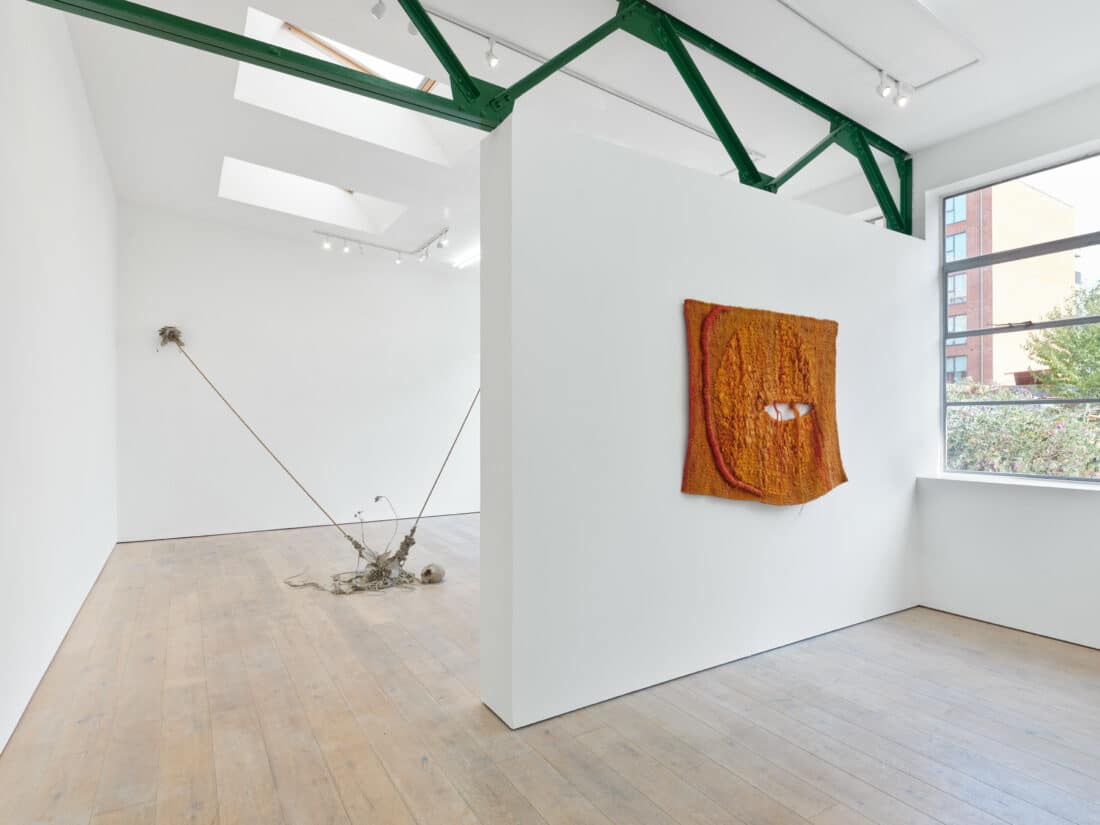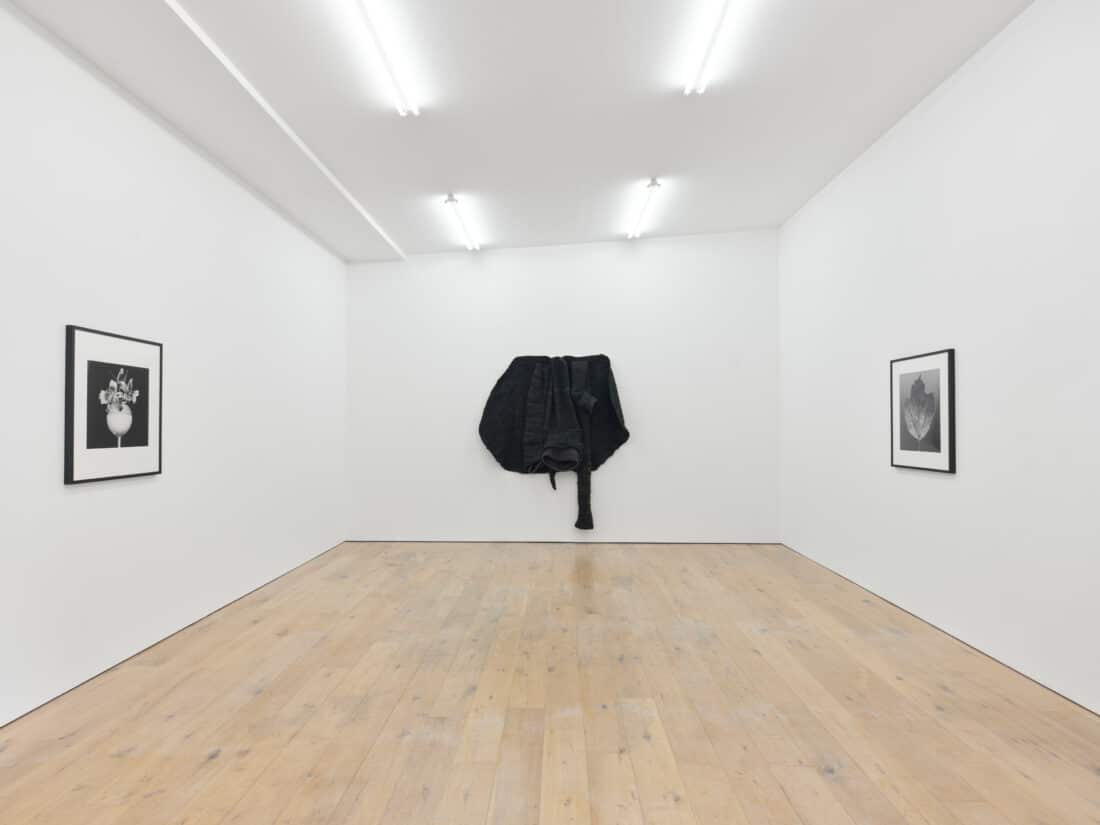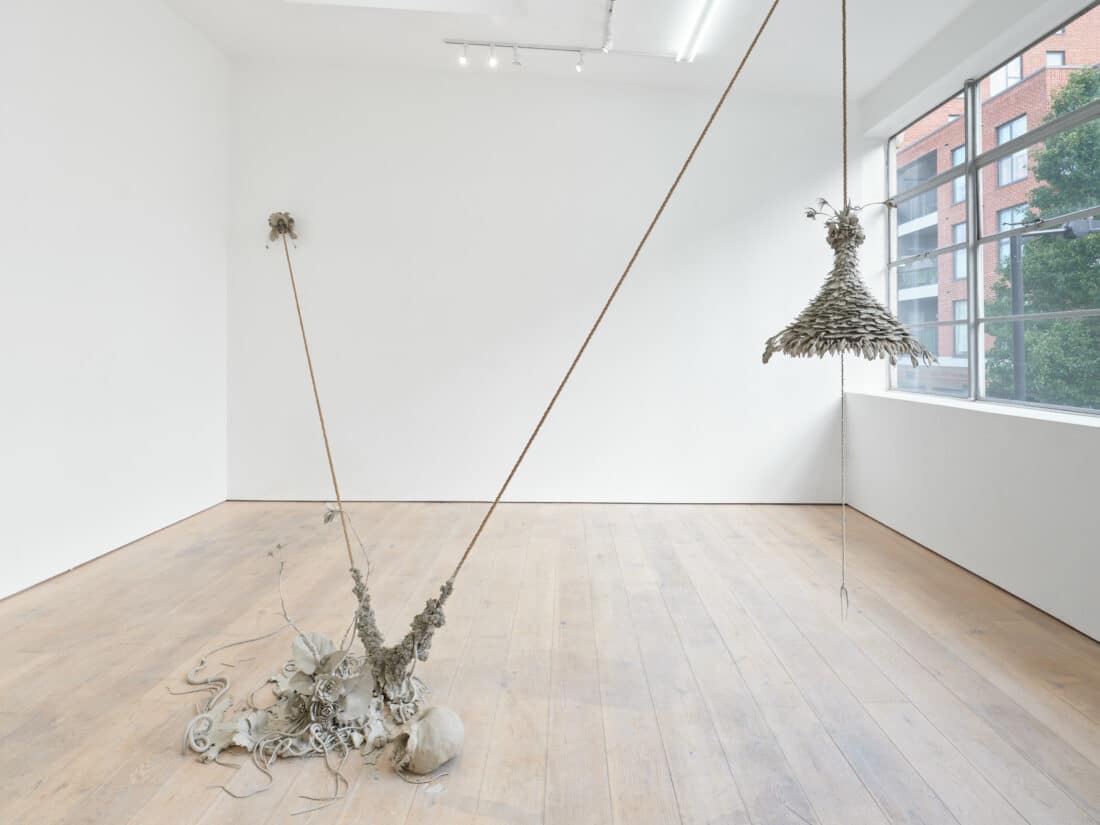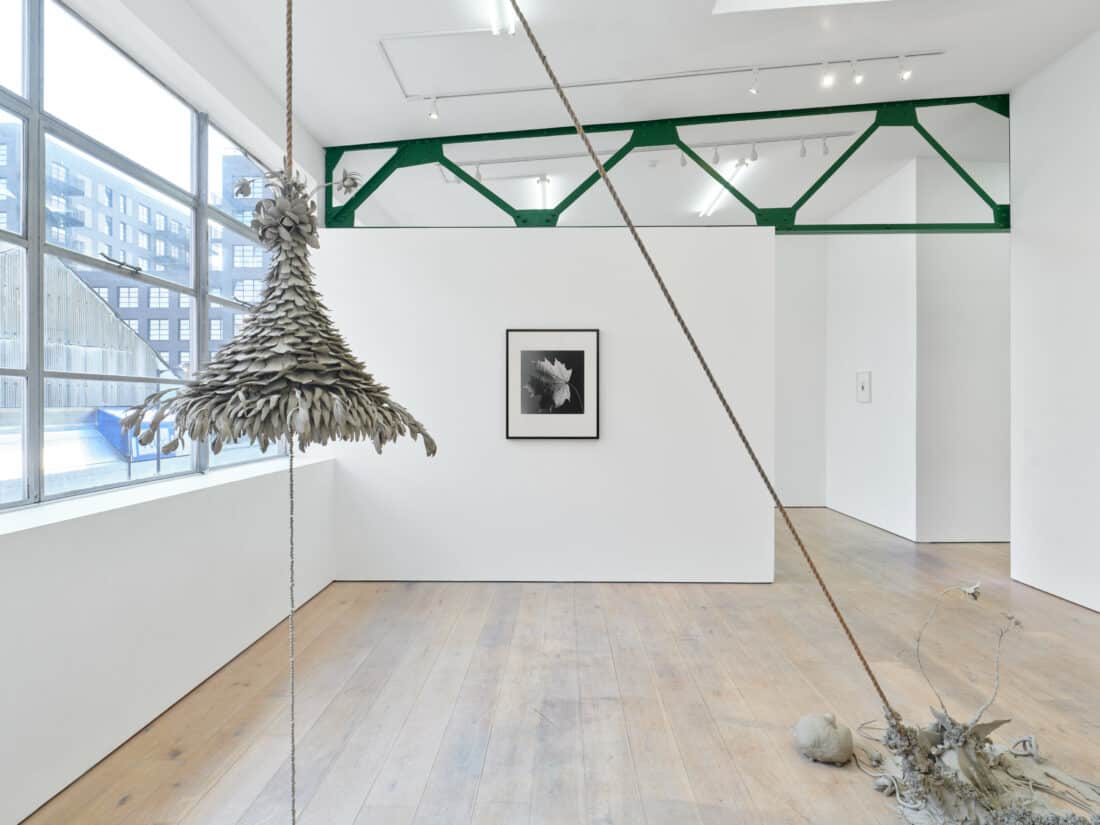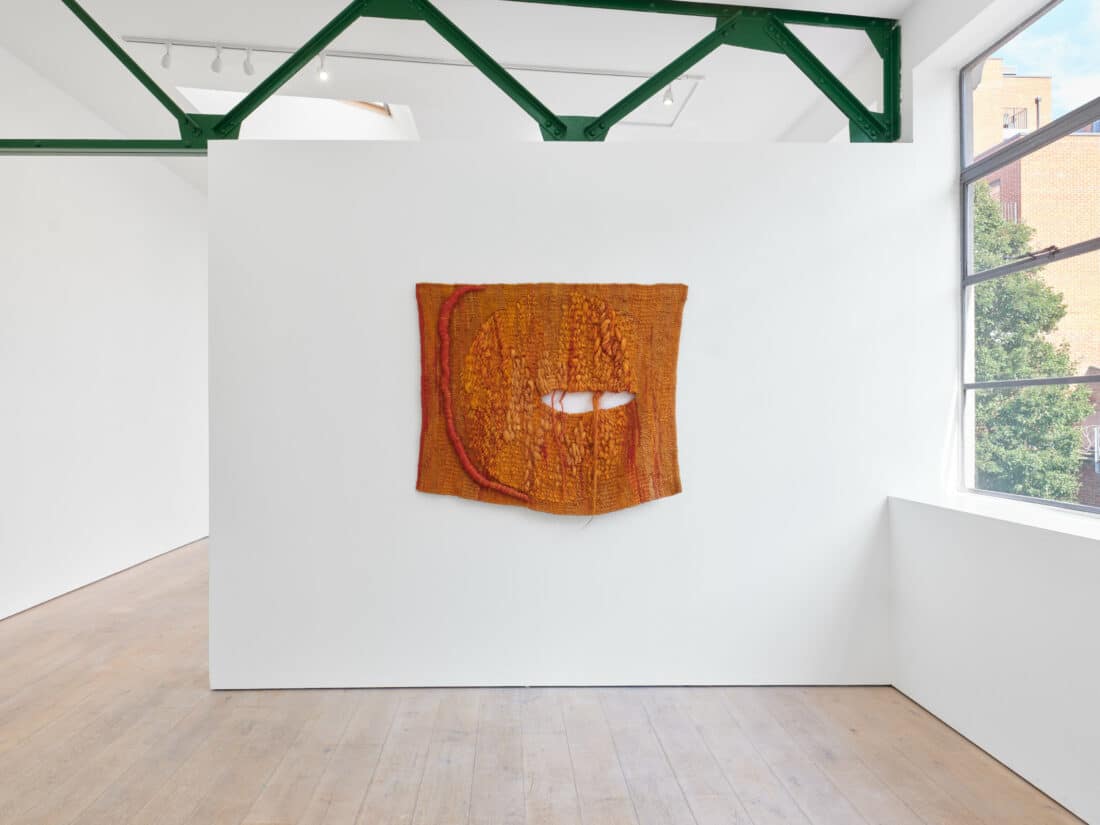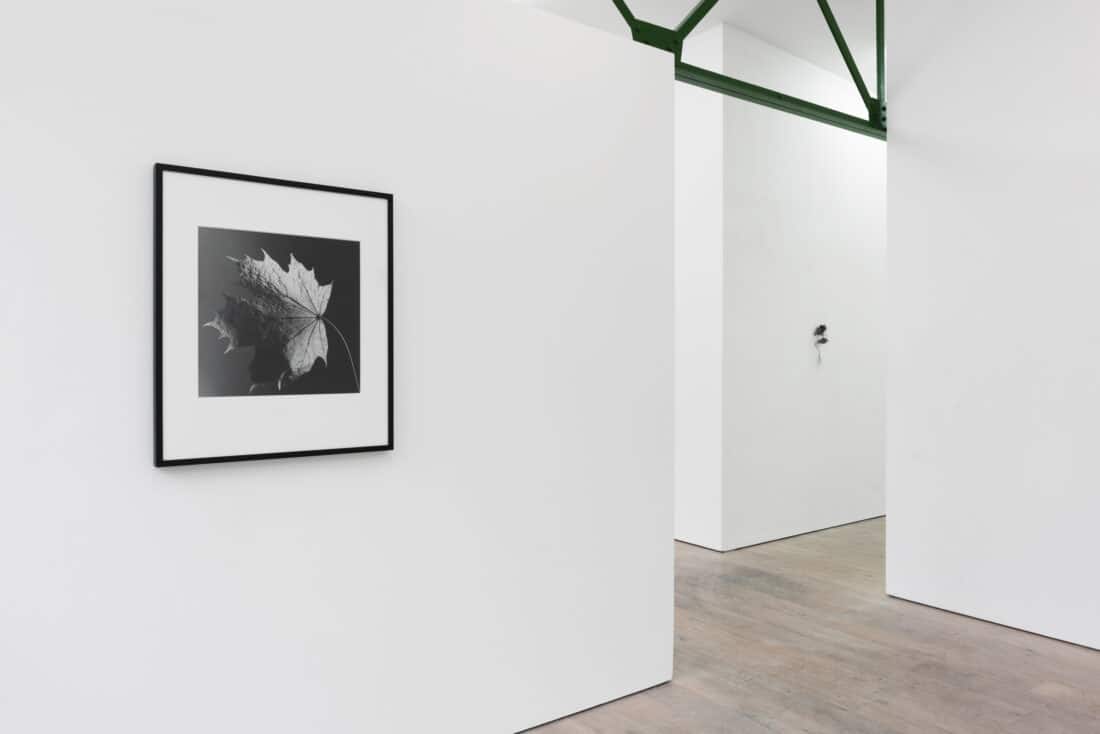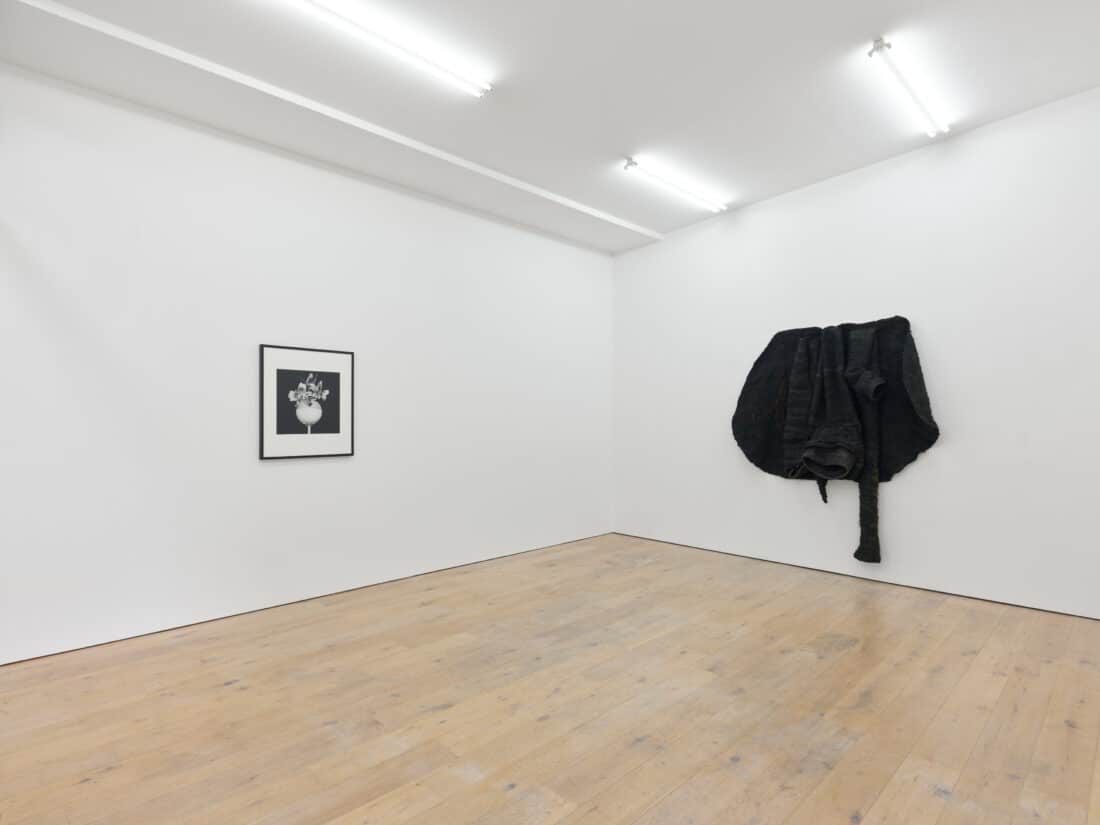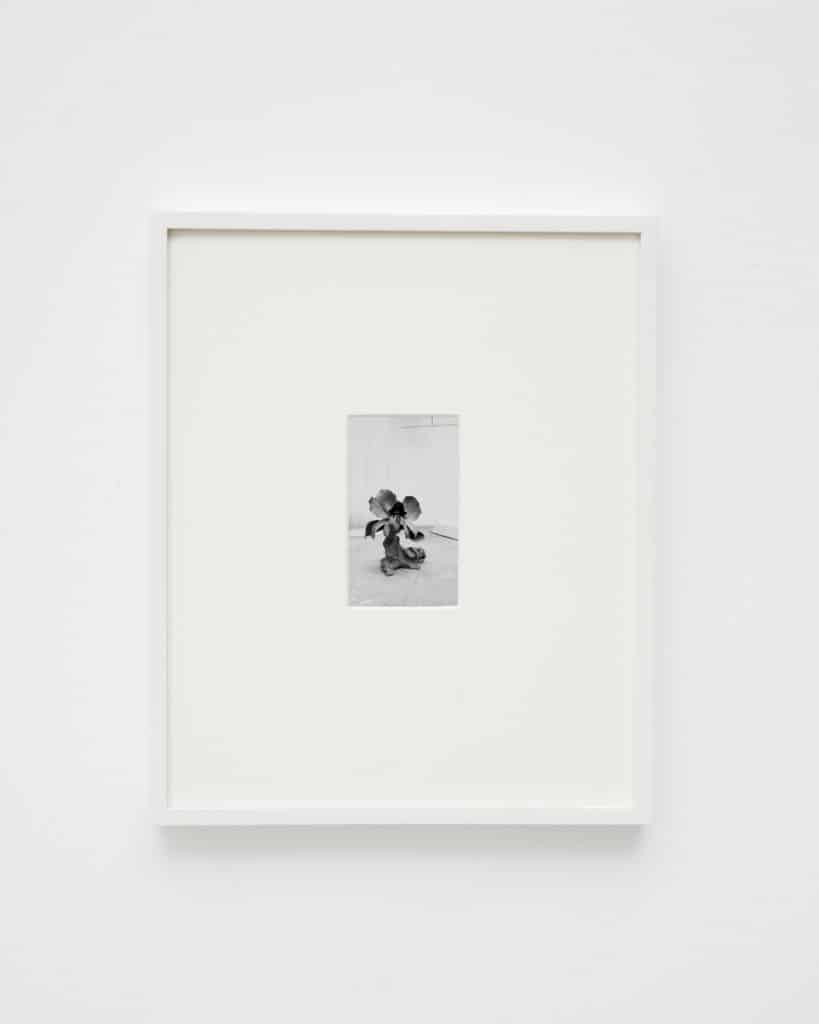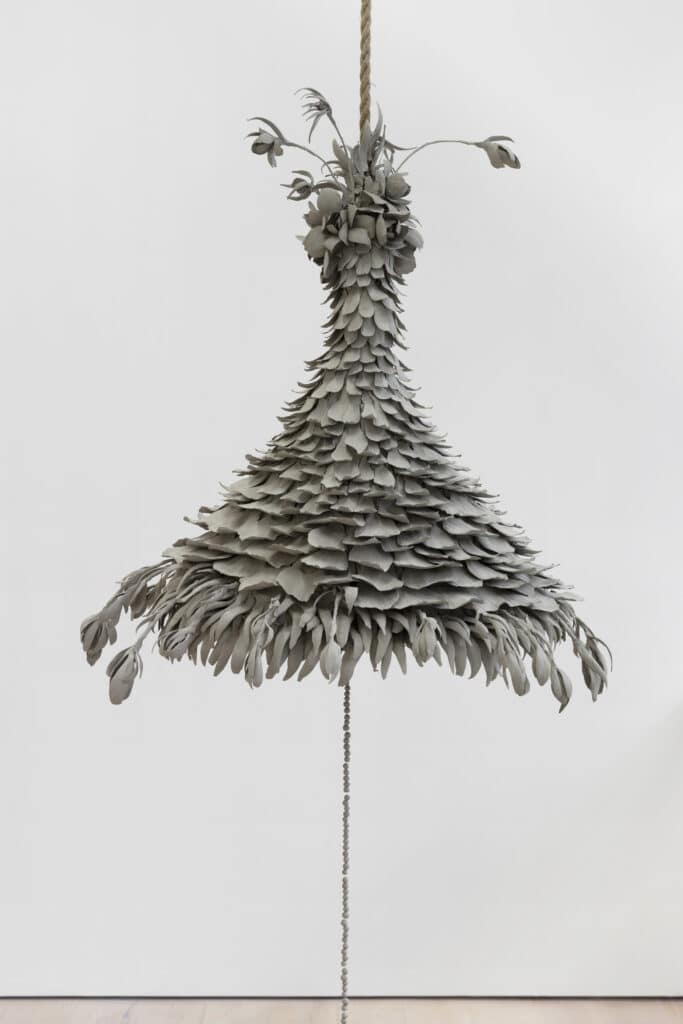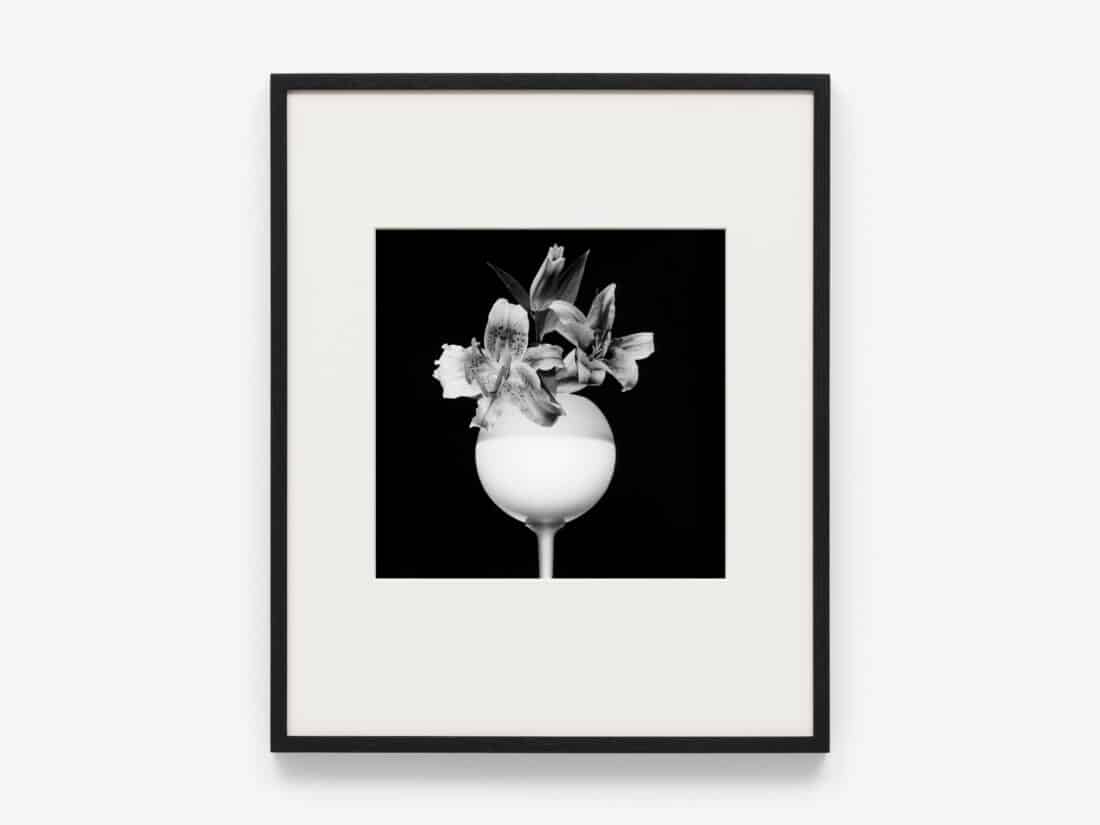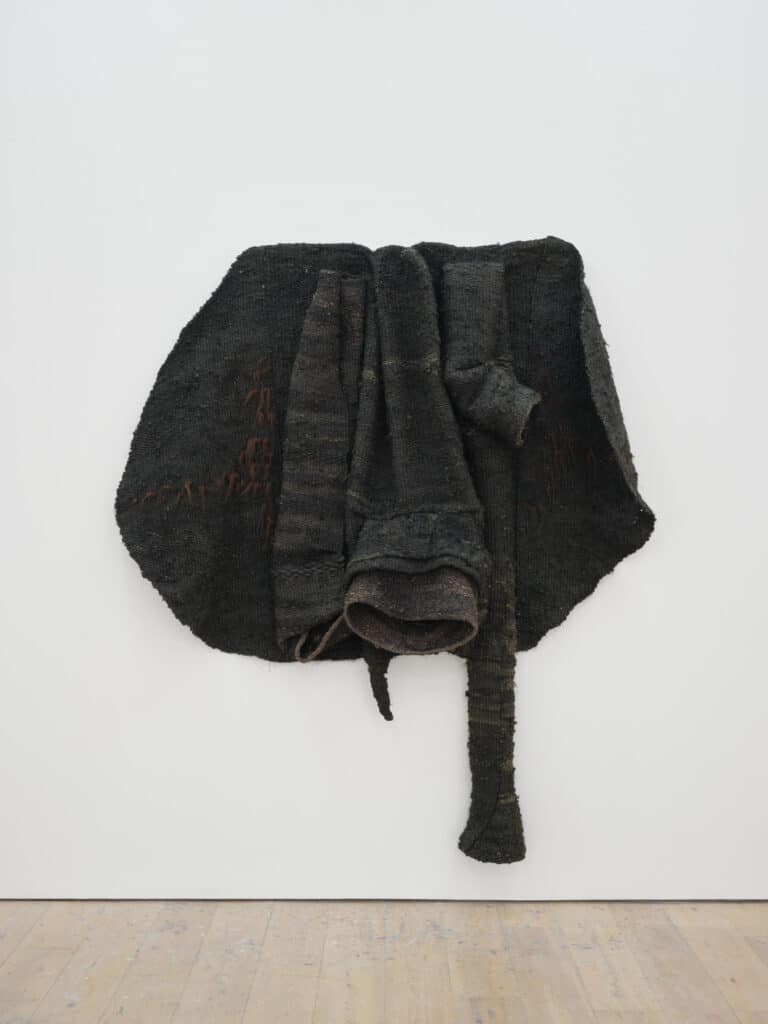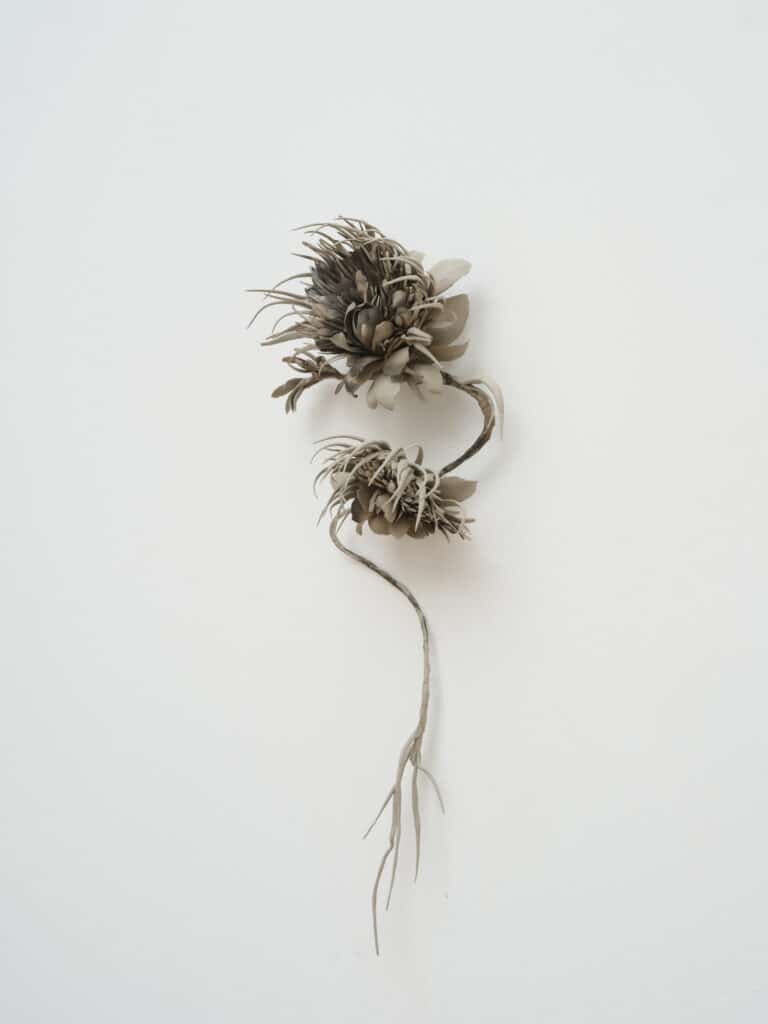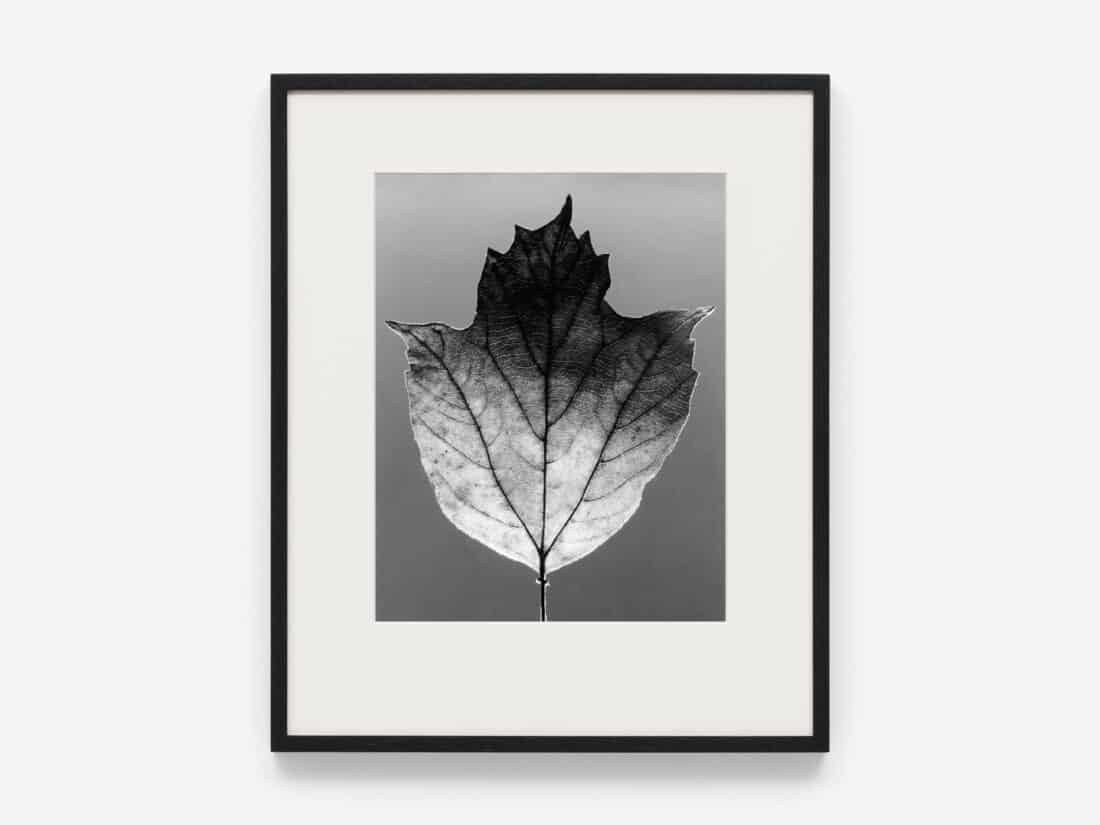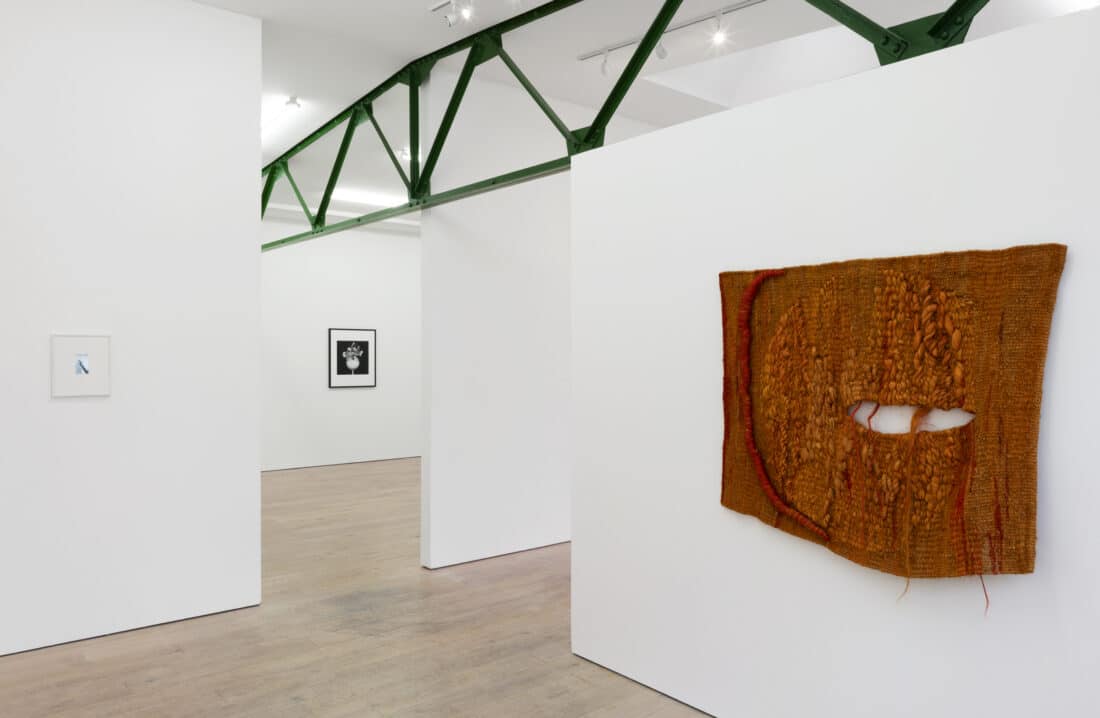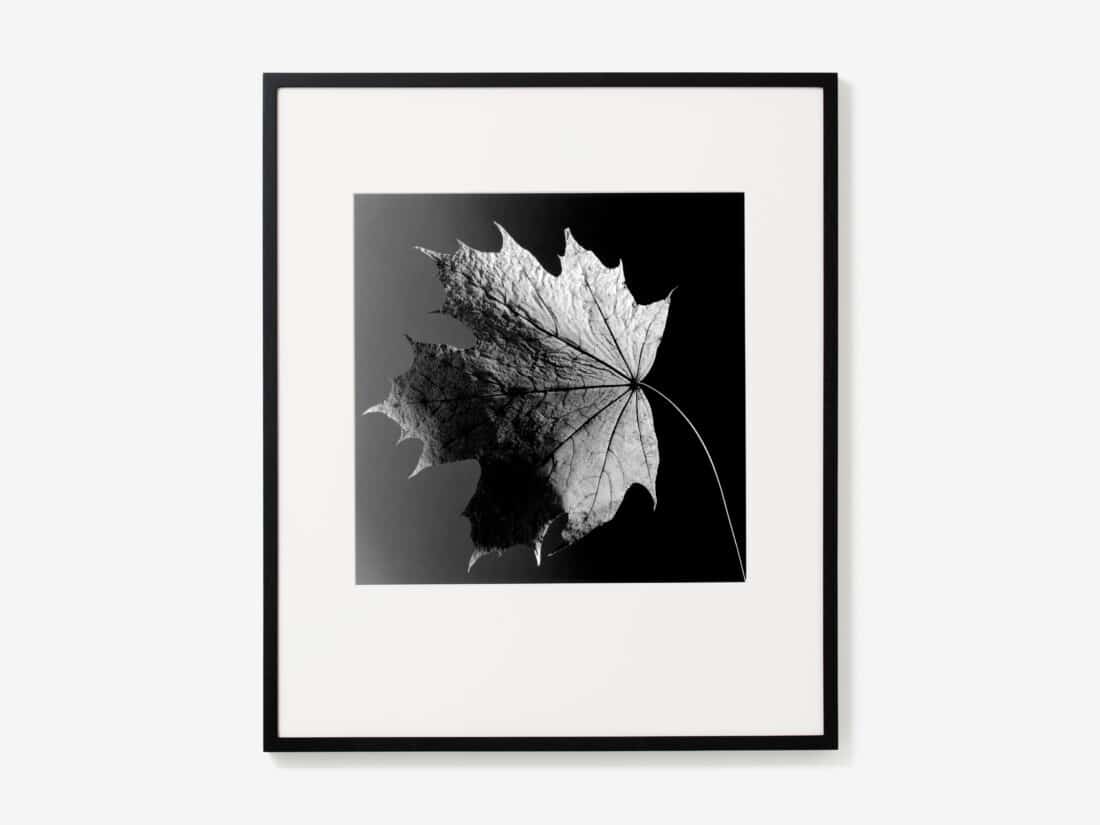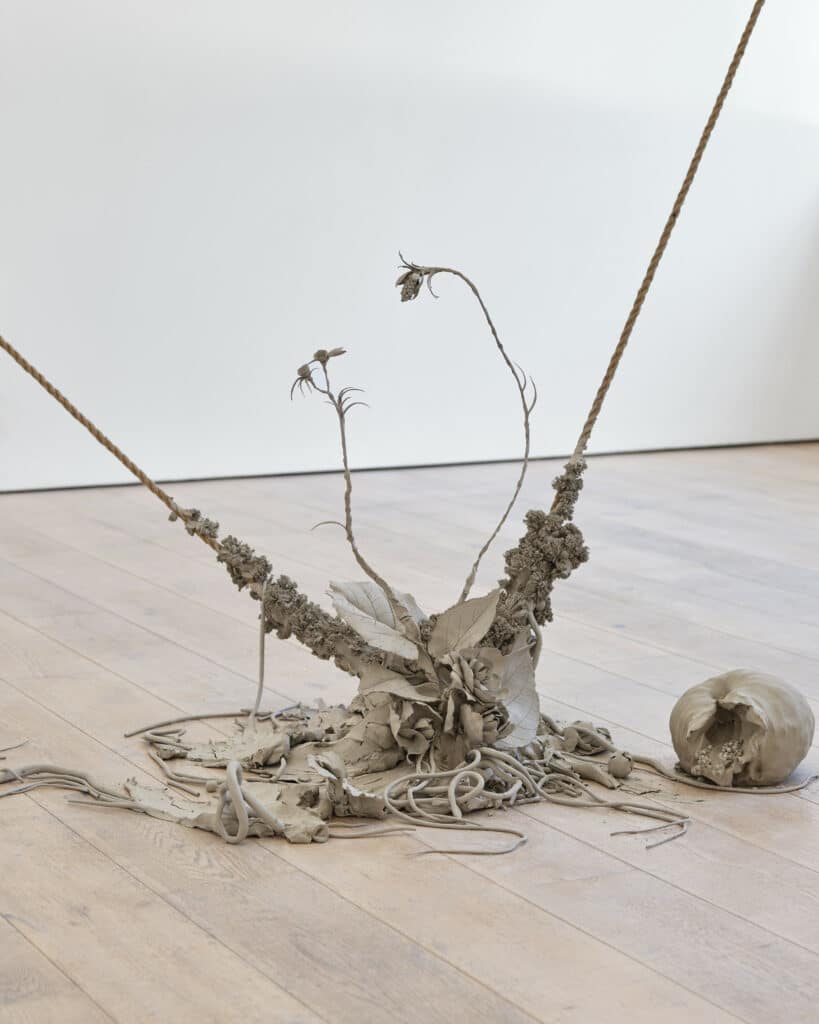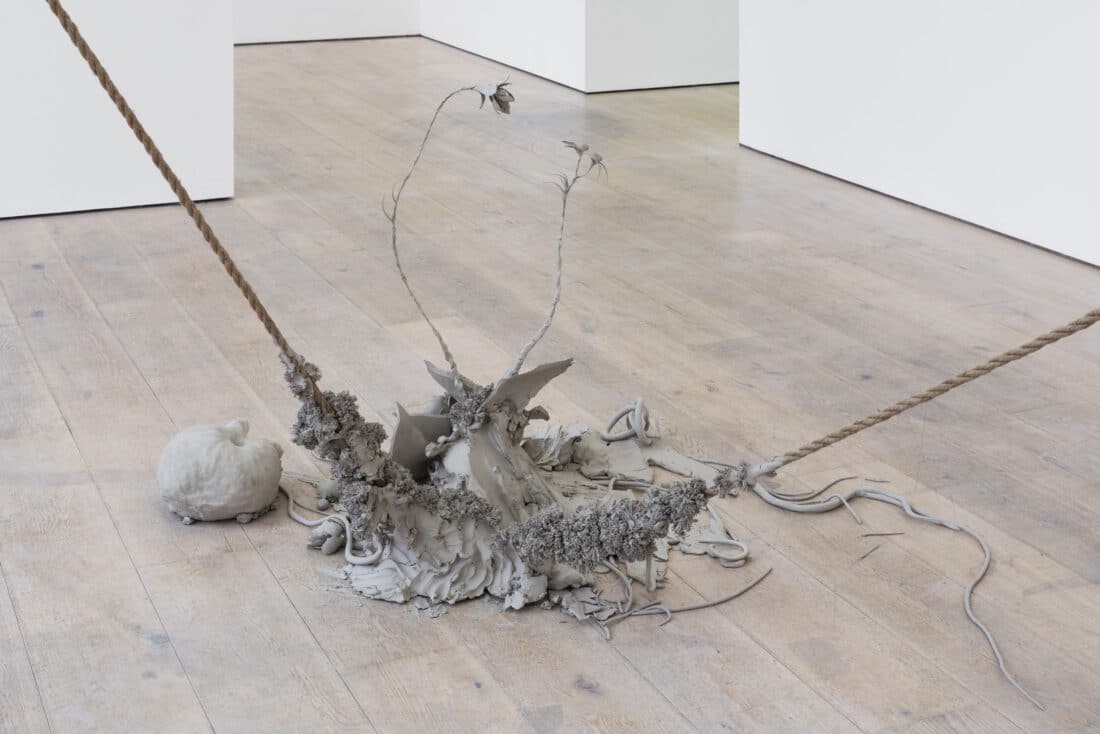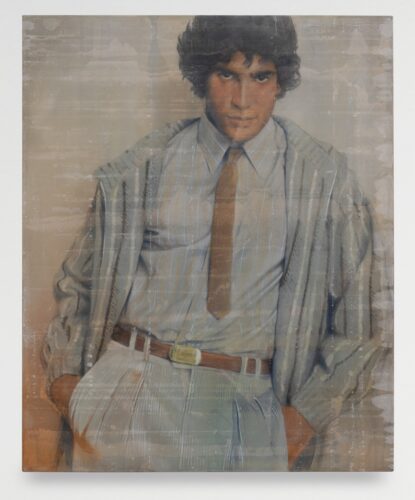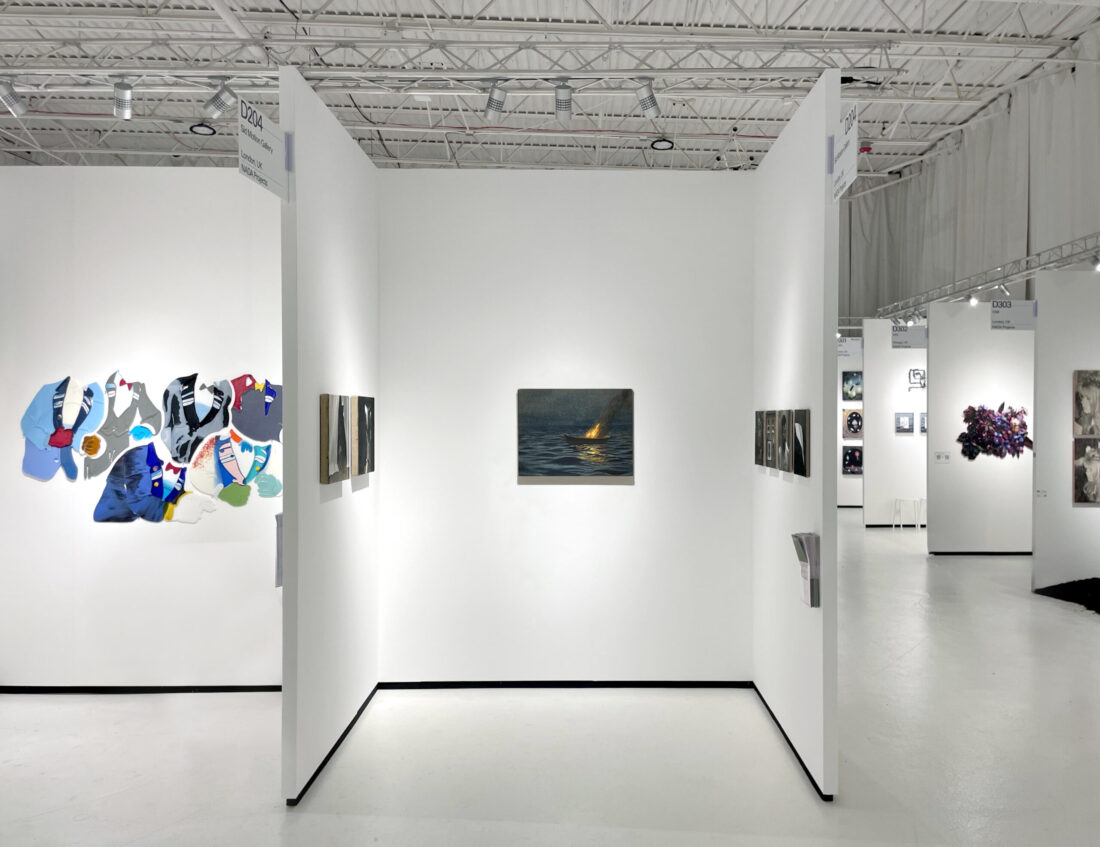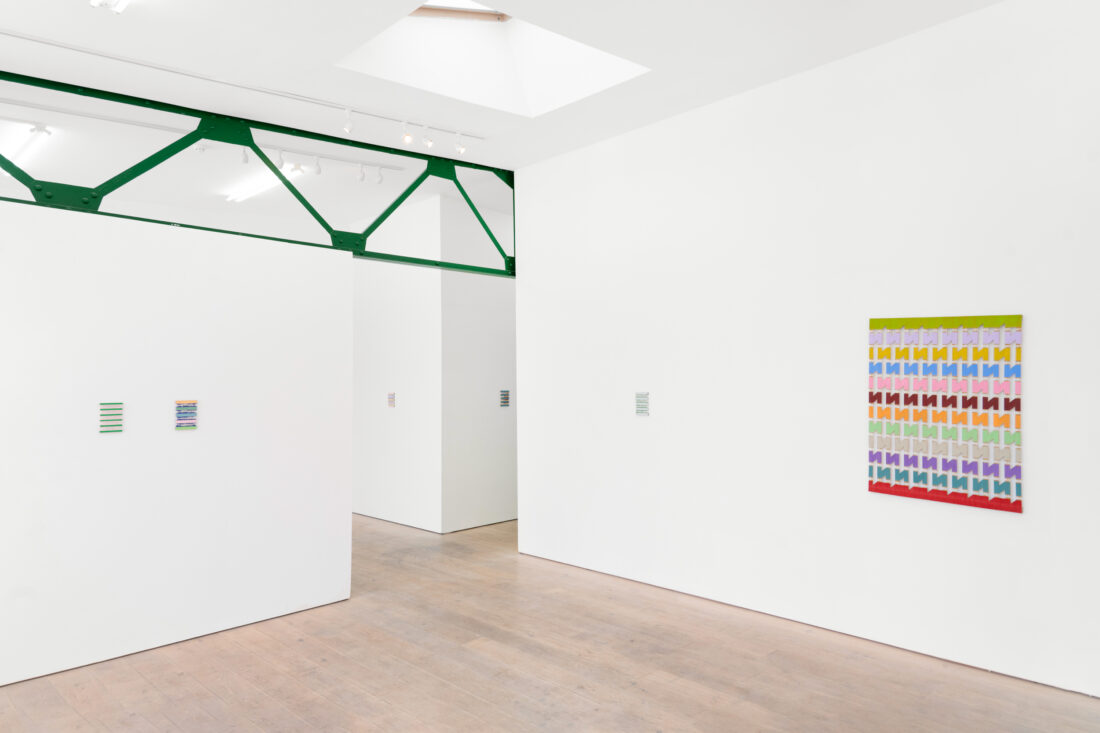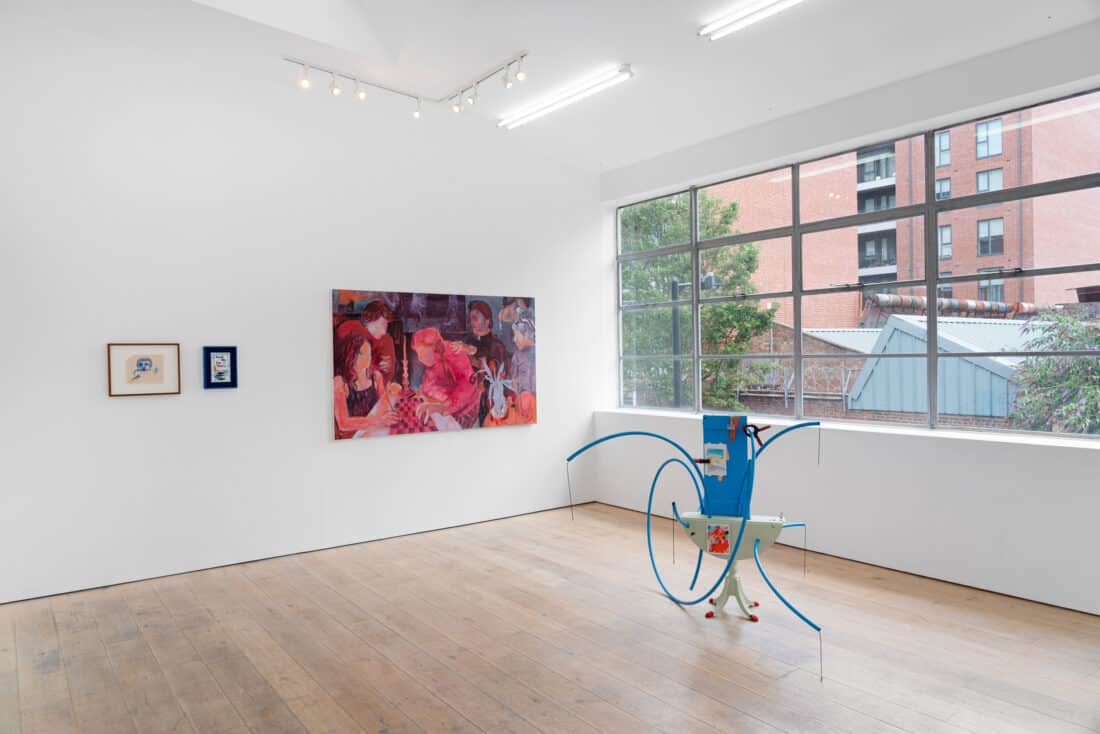Past Exhibition
DUST TO DUST
Magdalena Abakanowicz
Phoebe Cummings
Robert Mapplethorpe
21 Sep – 2 Nov 2024
DUST TO DUST
In collaboration with Tom Cole, the gallery is delighted to announce DUST TO DUST, a three person exhibition featuring Magdalena Abakanowicz, Phoebe Cummings and Robert Mapplethorpe that considers the relationship between the organic world and the condition of the human body.
Opening Reception: 20 September 2024, 6-8pm
Exhibition text by Hettie Judah
Exploring decay and renewal, each artist uses motifs and forms evocative of the fragility and vulnerability of nature, positioning cycles of life within the temporality of the natural world.
The exhibition will centre on Robert Mapplethorpe’s flower photographs; an installation by Phoebe Cummings made from raw clay; and Magdalena Abakanowicz’s signature sisal works. All three artists engage directly with the seemingly decorative tradition of flowers to ask much deeper and profound questions of our place in the world, and the fragility, tenderness and transience of life.
The human body is also implicit in the work of each artist. This blend of the organic and corporeal is clear in woven fibre works by Magdalena Abakanowicz (b.1930-2017). Probably best known for her Abakans – vast enveloping, womblike, seemingly timeless structures or figures that hang from the ceiling – Abakanowicz creates shroud-like forms that evoke a metamorphosis of some form of ambiguous organism; a brooding refuge to take shelter in or emerge from, imposing yet benevolent.
Phoebe Cummings (b.1981) makes time-based ceramic installations from unfired clay. Highlighting the fragility of the material while delving into themes of impermanence and decay, her work generally takes the form of botanical elements and is mostly site specific. The time-based nature of the work also has a performative quality: works are dissolved after the exhibition, or sometimes over the course of it, depending on the inherent fragility of the structure. Referencing the fragile relics of past and future histories, Cummings’ works frequently return themselves to dust.
Robert Mapplethorpe’s (b.1946-1989) flower photographs capture the fleeting and ephemeral. Increasingly made towards the end of his life, there is a beauty, temporality and fragility to these works that blurs the boundaries between the botanical and corporeal. The bodily parallels (flowers as organs) are evident and erotic, but the wilting forms also communicate a deep poignancy, reminiscent of the memento mori trope and the Baroque symbolism of Dutch still life painting in the seventeenth century.
By highlighting conceptual and historical overlaps, the exhibition brings these three disparate, but materially rich, practices together to encourage new contexts and threads of meaning to emerge.
The exhibition is the first in a series of four collaborations between Sid Motion Gallery and Tom Cole. This series of exhibitions will foreground material-based practices, exploring the liminal spaces between craft and art where traditional distinctions between the two begin to dissolve, allowing for exploration and experimentation that challenges preconceived notions.
For all press related inquires please contact: Isabel Davies, isabel@sam-talbot.com
______
Sid Motion and Tom Cole would like to thank the Abakanowicz Arts and Culture Charitable Foundation and The Polish Cultural Institute, London for their generous help and support of the exhibition.
Thanks to Fondation Toms Pauli, Lausanne, Switzerland for the generous loan of Abakanowicz’s 'Abakan 29'.

______
Artist Biographies
Magdalena Abakanowicz (1930–2017) was born in Falenty, Poland. She emerged as a young artist in a country devastated by the Second World War, bestowing her with a unique perspective that has unfurled through a distinct sculptural vocabulary including an innovative approach to materials and figurative forms. Robert Hughes in Time Magazine referred to Abakanowicz’s “dark vision of primal myth” and Barbara Rose, in her monograph, Magdalena Abakanowicz (Abrams, 1994), to the artist as “a shaman who receives and transmits messages in a visual language that is more universal than words.” Abakanowicz has had over 150 solo exhibitions in Europe, North and South America, Japan, South Korea, and Australia. She has exhibited at The Metropolitan Museum of Art in New York, the Jardins du Palais Royal in Paris, and the Muzeum Narodowe in Poznań. Most recently, she is the subject of a major retrospective at London’s Tate Modern called Every Tangle of Thread and Rope (through 2023). Previous museum solo exhibitions include the Palacio de Cristal, Museo Nacional Centro de Arte Reina Sofía, Madrid, and Institut Valencià de Arte Modern (IVAM), Valencia, both in 2008, and the Fondazione Arnaldo Pomodoro, Milan, in 2009. Several works were exhibited in the Energy and Process wing at the Tate Modern for the duration of 2010, and her survey The Human Adventure was exhibited at the Akbank Art Center, Istanbul, in 2013.
Phoebe Cummings (b.1981) studied Three-Dimensional Crafts at the University of Brighton before completing an MA in Ceramics & Glass at the Royal College of Art in 2005. Cummings works predominantly using unfired clay to make poetic and performative sculptures and installations that emphasise materiality, fragility, time, creation and decay. Cummings’ impressive interventions are often constructed directly on site, allowing an instinctive development of tensions between object and location. Cummings questions what we will carry forward into the future by producing intricate, hand made and exquisitely delicate sculptures based on ancient plants and primitive ritual, imbued with a sense of magic and mysticism. She has undertaken a number of artist residencies, in the UK, USA and Greenland, including a three-month Arts/Industry residency at the Kohler Co. factory, Wisconsin (2008) and six months as ceramics artist-in-residence at the Victoria and Albert Museum, London (2010). Cummings was selected as the winner of the British Ceramics Biennial Award in 2011. She was awarded the second ceramics fellowship at Camden Arts Centre, London (2012–2013) was the inaugural winner of the Woman’s Hour Craft Prize and was shortlisted for the Arts Foundation Awards 2018. She was awarded an Honorary Doctorate by the University of Brighton in 2019 and is Research Associate at the Ceramics Research Centre - UK, University of Westminster. Recent exhibitions include A Matter of Life and Death, Thomas Dane Gallery, Naples, 2022, To Walk in the Image, Lismore Castle Arts, Cork, 2023, The Shape of Things: Still Life in Britain, Pallant House, Chichester, 2024.
Robert Mapplethorpe (1946-1989) was born in Queens, USA. Mapplethorpe acquired a Polaroid camera in 1970 from artist and filmmaker Sandy Daley. In 1973, he had his first exhibition at the Light Gallery, New York. In 1975, he began using a Hasselblad camera to create still lifes, interiors, nudes, portraits and self-portraits. His studio-based work is notable for its great formal precision. Mapplethorpe also photographed his circle of friends and celebrities, including Patti Smith, and he accepted commissions for Andy Warhol’s Interview magazine. In the late 1970s, he documented the New York sadomasochistic scene and published the X Portfolio in 1978 which depicted homoerotic and sadomasochistic subjects. In 1990, the inclusion of some of these explicit images in his major retrospective, The Perfect Moment, at the Contemporary Arts Center in Cincinnati, Ohio ignited a fierce public debate in America about censorship and public funding of the arts. His vast, provocative, and powerful body of work has established him as one of the most important artists of the twentieth century. Today his work can be found in the collections of major museums around the world. His legacy lives on through the work of the Robert Mapplethorpe Foundation which he established in 1988.
